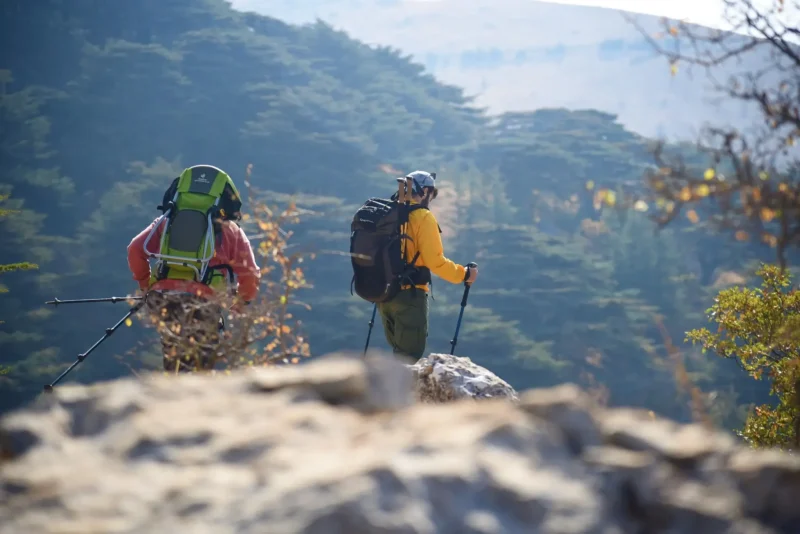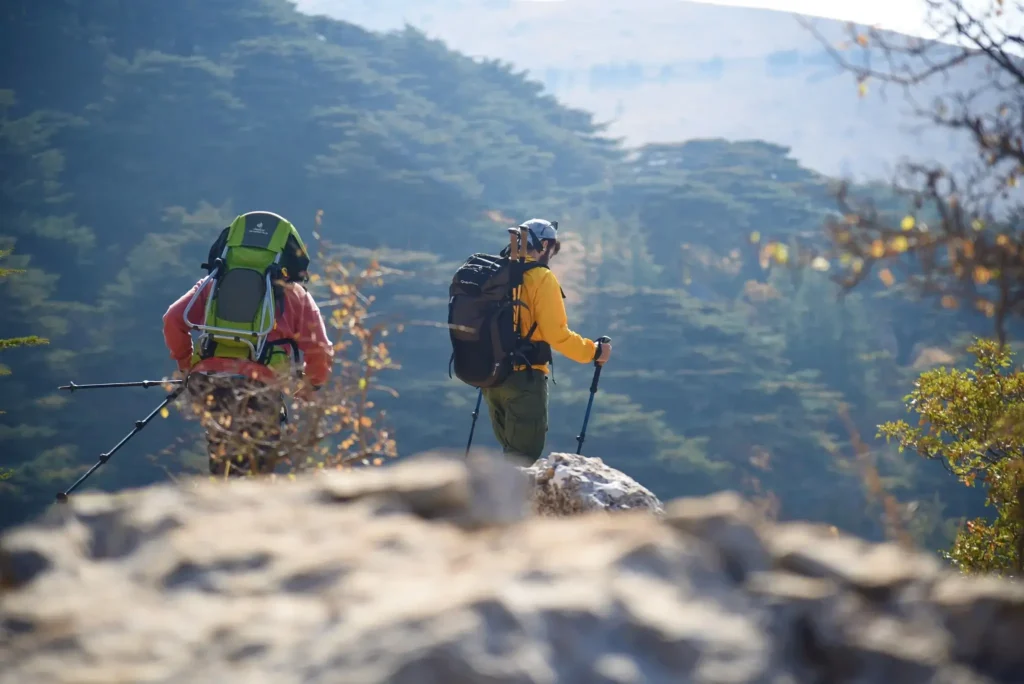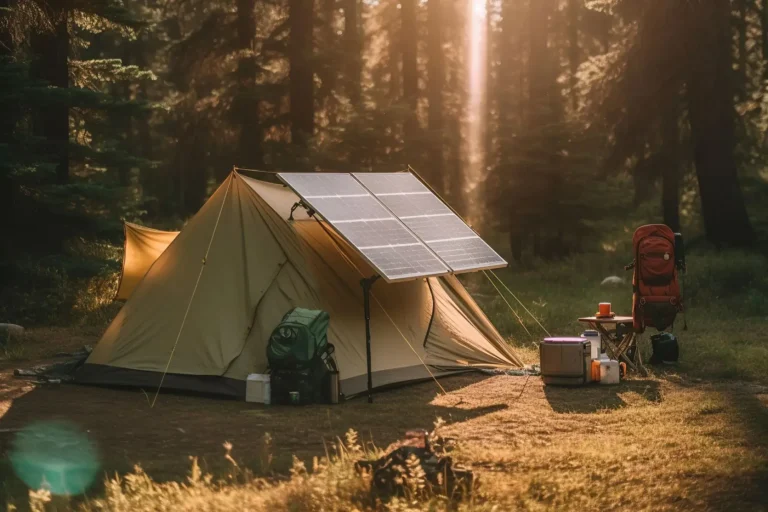Navigating the Trails: A Comprehensive Hiking Guide

Hiking is more than just a stroll through the woods; it’s a journey of self-discovery, an opportunity to connect with nature, and a great way to stay physically active.
Whether you’re an experienced hiker or a novice looking to start, this comprehensive hiking guide will provide you with the knowledge, tips, and inspiration to make the most of your hiking adventures.
Choosing the Perfect Trail

Selecting the right trail is one of the first steps to embarking on a successful hiking adventure. The trail you choose should align with your fitness level, interests, and the experience you’re seeking. Here are a few considerations to keep in mind:
1. Know Your Skill Level:
Before you lace up your hiking boots, assess your fitness and hiking experience. If you’re new to hiking, start with easy, well-marked trails and gradually work up to more challenging ones.
For instance, Max DesMarais, the founder of a reputable hiking website, often recommends beginners to begin with well-maintained trails that provide a gentle introduction to hiking.
2. Research the trails:
Utilize guidebooks, websites, and hiking apps to research and choose a trail that suits your preferences. Consider factors like distance, elevation gain, and terrain.
3. Consider Season and Weather:
Be mindful of the weather conditions and seasons when planning your hike. Some trails may be inaccessible or dangerous during certain times of the year, so always check the weather forecast before heading out.
Gear and Equipment
The right gear can make all the difference on your hiking journey. Here’s a list of essential hiking equipment you’ll need:
1. Hiking Boots:
Invest in a pair of sturdy, comfortable hiking boots that support your ankles and soles with good traction.
2. Backpack:
Choose a backpack that’s the right size for your needs. It should be large enough to carry your essentials but not so big that it’s cumbersome.
3. Clothing:
Layer your clothing to handle shifting weather conditions. Moisture-wicking, breathable fabrics are ideal. Don’t forget a good-quality rain jacket.
4. Navigation Tools:
Carry a map and compass, as well as a GPS gadget or shop relief maps. Knowing how to use them is crucial for staying on the right path.
5. Water and Food:
Always bring more water than you think you’ll need, and pack high-energy snacks like trail mix and energy bars.
6. First Aid Kit:
Include basics like band-aids, antiseptic wipes, pain relievers, and necessary personal medications.
Safety Precautions
Safety should be a top priority when hiking. Here are some essential precautions to take:
1. Let Someone Know Your Plans:
Before hitting the trail, inform a friend or family member about your itinerary and when you expect to return.
2. Stay on marked trails:
Straying off the marked path can lead to disorientation and danger. Stick to designated trails.
3. Be Aware of Wildlife:
Familiarize yourself with the wildlife in the area and understand how to react in case of encounters. Always store food securely to avoid attracting animals.
4. Leave No Trace:
Follow the “Leave No Trace” principles by carrying out all trash, staying on established trails, and respecting the environment.
Connecting with Nature
Hiking provides a unique opportunity to connect with nature and disconnect from the hustle and bustle of daily life. Here’s how to enhance your experience:
1. Practice mindfulness:
Use your time on the trail to practice mindfulness. Take in the sights, sounds, and smells of the forest. Be present in the moment.
2. Leave Behind Technology:
Consider leaving your phone or other electronic devices behind. Disconnecting from screens can help you connect with nature on a deeper level.
3. Learn about the environment:
Educate yourself about the plants, animals, and ecosystems you encounter. Understanding the natural world enhances your appreciation of it.
Connect with Nature while Giving Back
Hiking offers a unique opportunity to enjoy and give back to the natural world. Consider participating in organized clean-up efforts, trail maintenance, or conservation initiatives. Many hiking communities and organizations hold regular events to preserve our trails’ beauty.
Participating in these efforts can have a positive impact and ensure that the trails you love remain pristine for future generations.
So, while you’re out exploring the trails, consider how you can contribute to their preservation, making your hiking experiences even more rewarding.
Conclusion
Hiking is not just a physical activity; it’s a holistic experience that encompasses physical fitness, mental well-being, and a deep connection with the environment.
This comprehensive hiking guide has covered the essential steps, from choosing the right trail and gear to staying safe and connecting with nature. For instance, Max DesMarais, the founder of a reputable hiking website, always emphasizes the importance of matching your skill level with the chosen trail.
As you embark on hiking, remember that each trail offers a unique experience. Whether you seek solitude, adventure, or a break from the daily grind, hiking can provide it all.
So, lace up your boots, pack your backpack, and embark on a journey of exploration, self-discovery, and appreciation for the beauty of the great outdoors.






